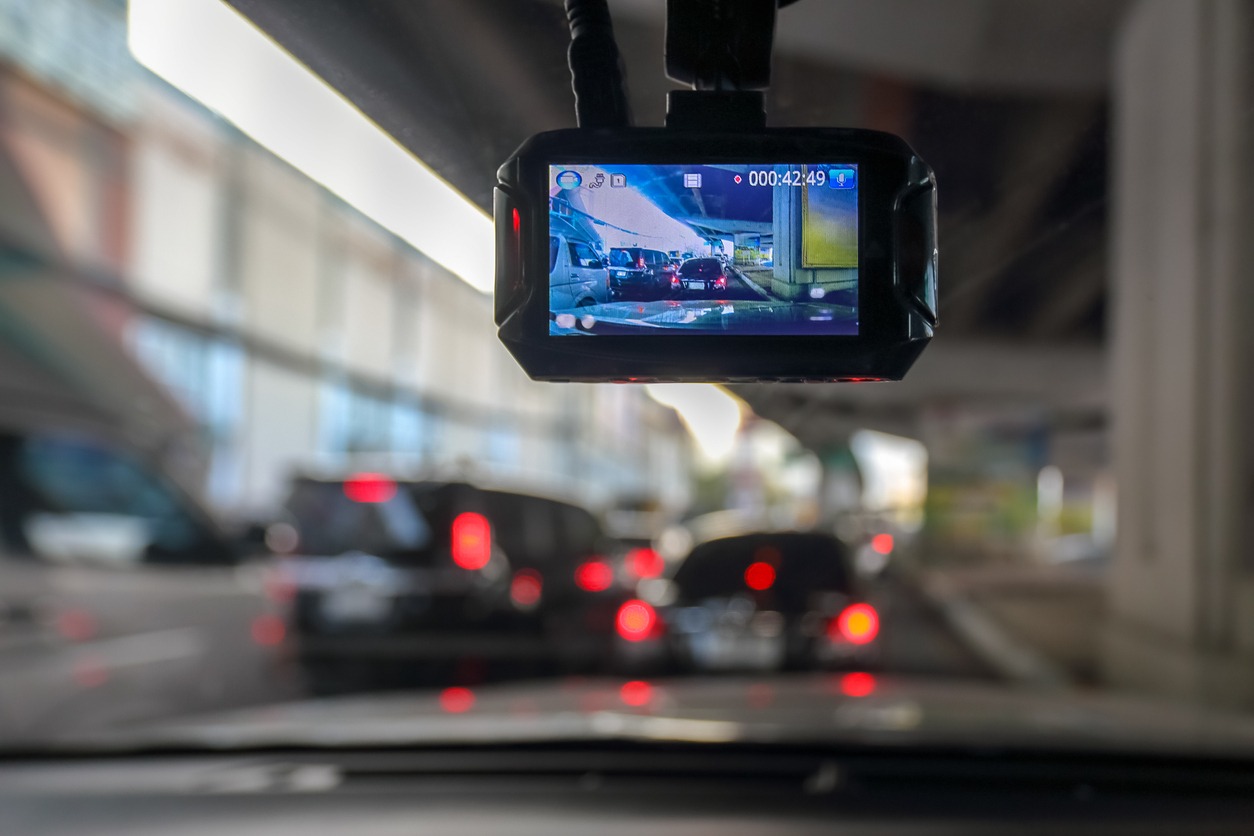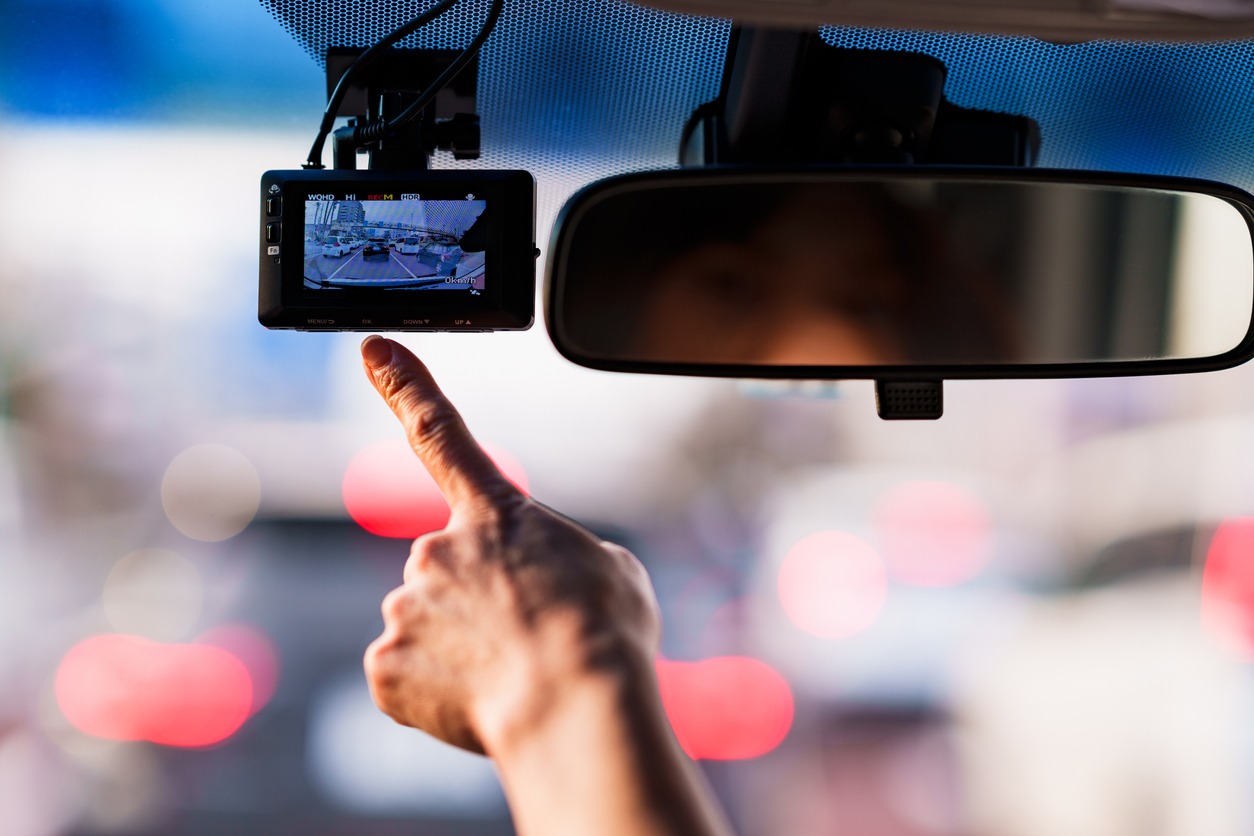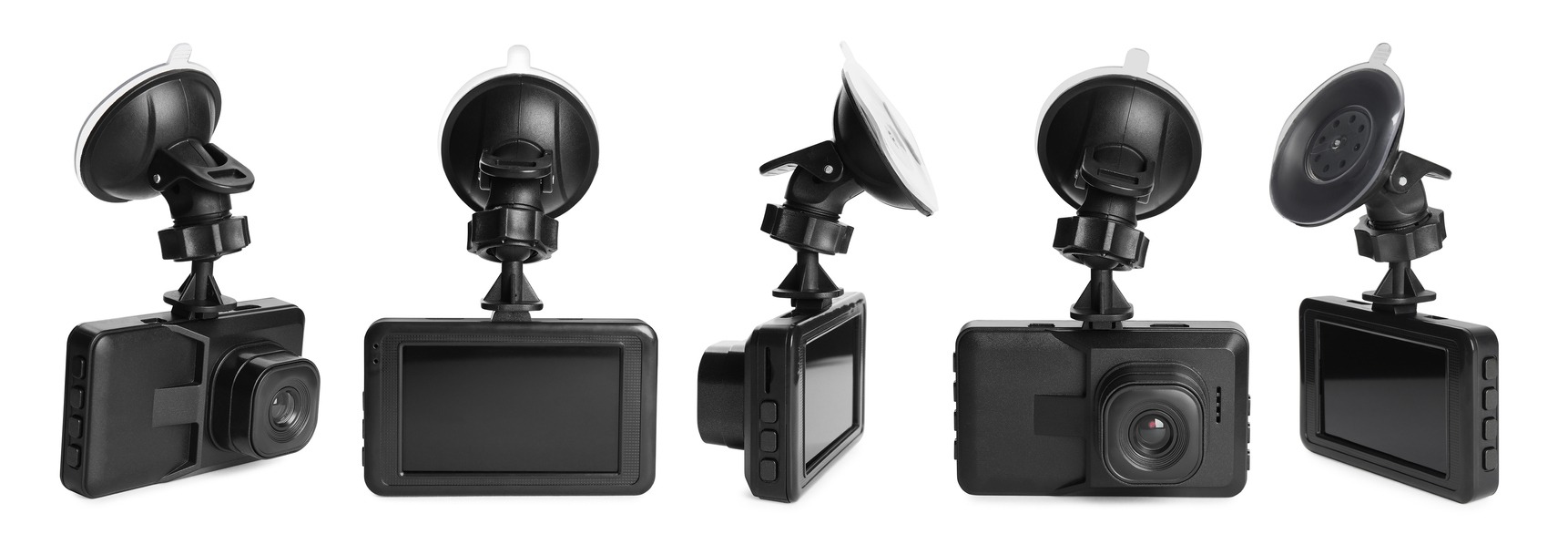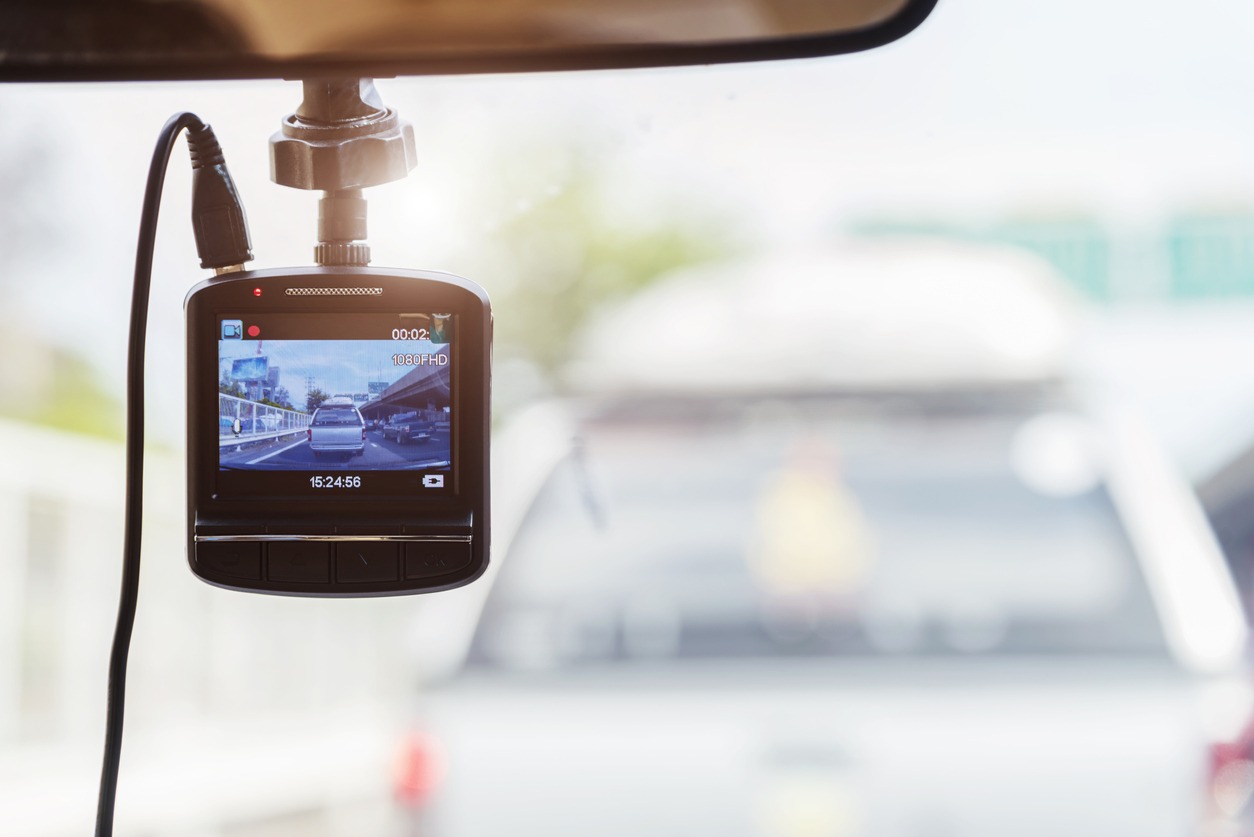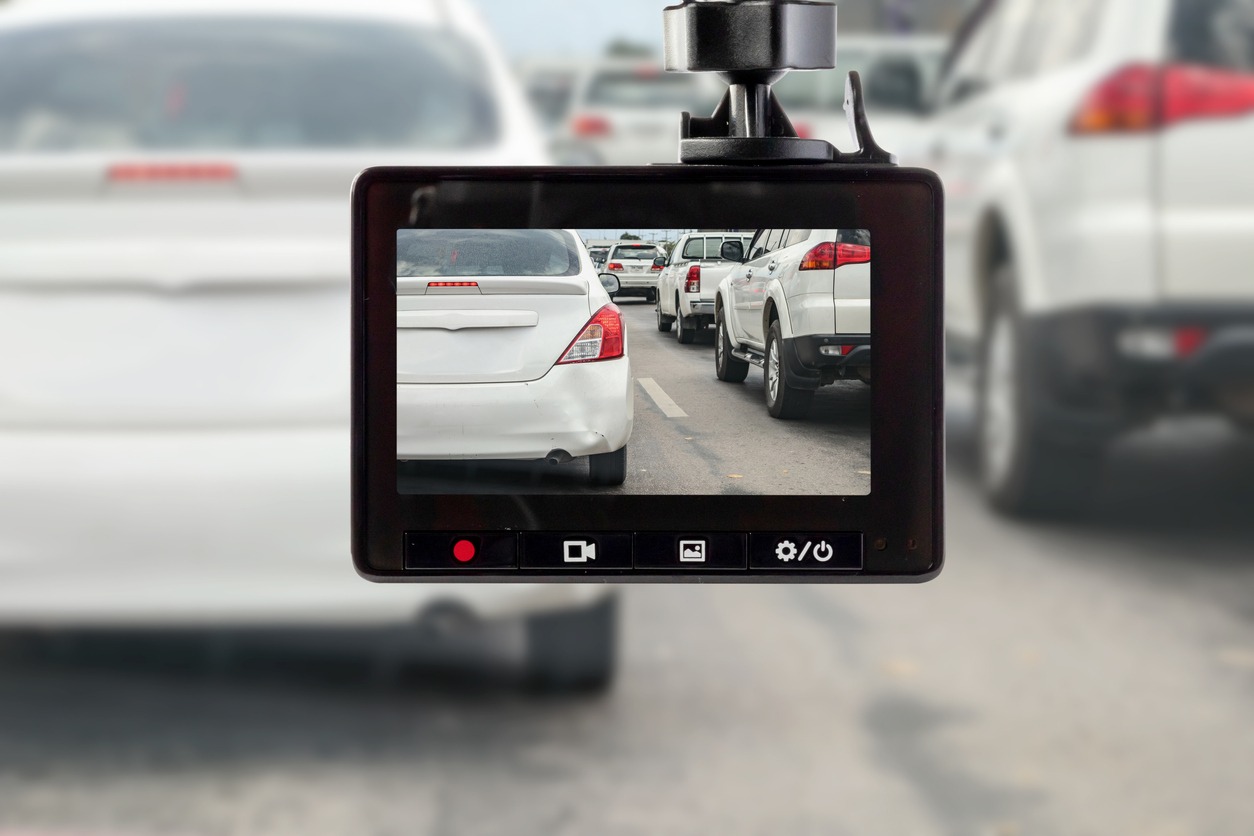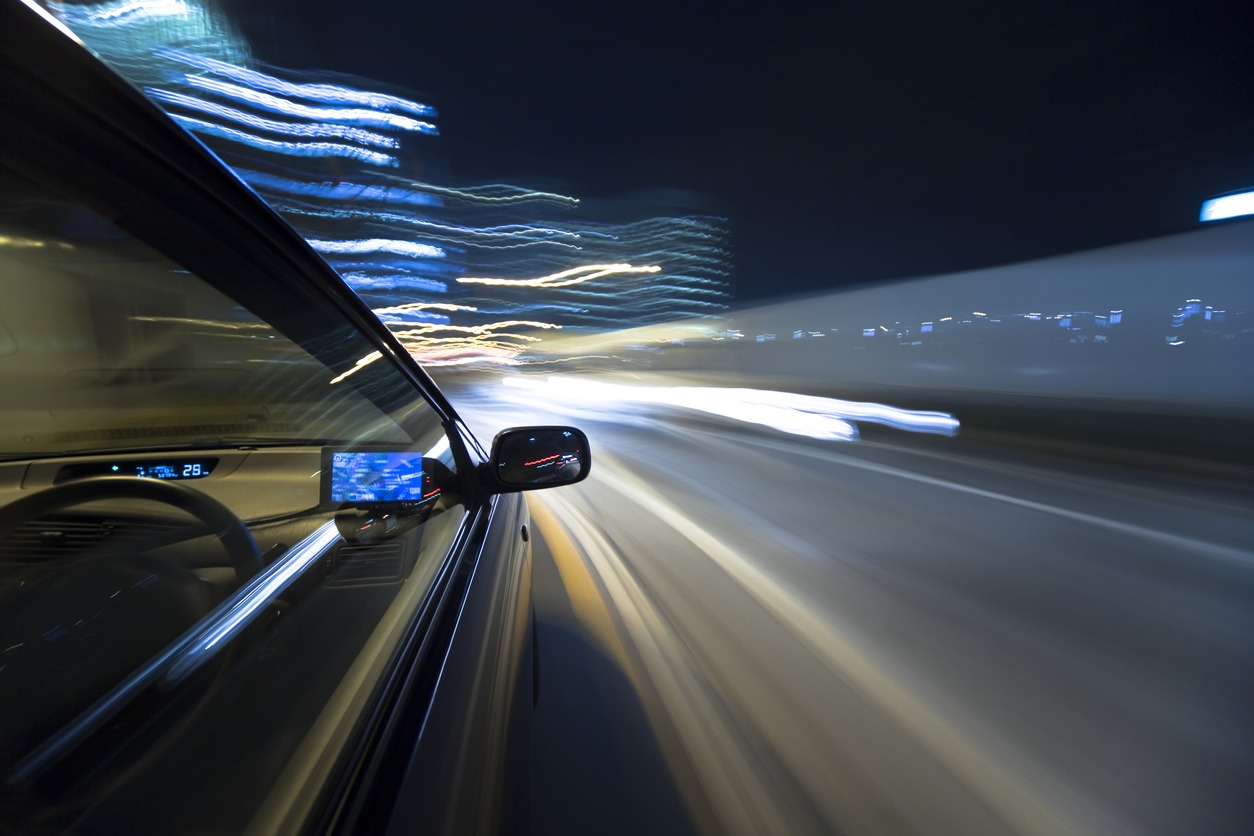Introduction
Dashcams are small dashboard cameras used to record video while driving. Their primary purpose is to provide evidence in case of an accident or traffic violation. Dashcams have become increasingly popular, offering drivers a way to protect themselves and their vehicles on the road.
A dashcam is typically mounted on the windshield or dashboard and records audio and video while driving. It can be wired directly into a vehicle’s electrical system, or it can be powered by a rechargeable battery.
Dashcams come in many shapes and sizes, with varying features and recording quality levels. Many dashcams also feature GPS tracking technology, allowing owners to track their location in real-time. Some models even have built-in sensors that detect sudden acceleration, braking, and sharp turns – all of which give drivers peace of mind behind the wheel.
Different Types of Dashcams
Dashcams are mainly divided into two different categories – SD cams and network-connected cams. The rest of categorization between dashcams is generally just a sub-category of these two. So, let’s start with the difference between SD cams and connected cams.
SD Cameras
SD cameras are basically just a recording device with a storage drive inside it. In order to access the footage within these, you have to take out the storage device (the SD card) and transfer its data to another device where you can view it.
These are largely becoming unpopular due to the hassle involved with handling the SD cards, managing the storage, and properly transferring the footage to view it. But with that happening, another type of dashcams are becoming popular.
Network-connected Cameras
Network-connected cameras are a solution to many problems associated with SD cams. As their name might imply, these dashcams are connected directly to a cloud network – usually via cellular network – and all their recorded footage is sent to the cloud storage automatically.
Such being the case, it’s easier to access the data without having to deal with things like handling an SD card, manually moving footage between devices, or installing the SD card back properly to resume your dashcam recording.
Sub-types of SD and Network-connected Cams
Front-facing
The most basic type of dashcam is a single-lens model which records video from one angle only. This type is great for recording accidents or other events that may happen in front of your vehicle, such as collisions or road rage incidents.
Dual-lens
Dual-lens models are becoming increasingly popular due to their ability to record both inside and outside of your car at once, making them perfect for those who want an extra level of surveillance while driving.
Four-lens Dashcams
Then there are the four-lens dashcams to record the front, rear, sides, and interior of your vehicle. Many people consider these too superfluous, but it’s never a bad idea to cover every angle of your vehicle for extra protection.
Vehicle-specific Dashcams
All the aforementioned cameras are available for different kinds of vehicles, but the same model might not fit into every kind of vehicle. For instance, a car dashcam is significantly different from a truck dashcam. Usually, the compatibility of a dashcam is mentioned with its specs, so you don’t have to worry about it much.
Comparison of Different Types of Dashcams
| SD Cameras | Network-connected cameras | |
| Connectivity | Limited connectivity usually through physical access only. | Cloud-connected via cellular network. |
| Storage | Internally-mounted storage device (SD card). | Cloud storage with automatic real-time footage sync in the background. |
| Single-lens | Rudimentary front-facing camera that records only the front view of the vehicle. | |
| Dual-lens | Dual-facing camera that records both the front view and the inside of the vehicle. | |
| Four-lens | Advanced four-angle camera that records the front, sides, rear and interior view of the vehicle. | |
Features to Consider
If you are in the market for a dashcam, there are many features to consider before making a purchase. Dashcams come with a wide range of features and capabilities, so it’s important to find one that is best suited for your needs. Here are some of the things that you should consider before buying a dashcam.
Resolution
A good place to start when selecting a dashcam is by looking at its recording resolution. High-resolution models can provide clear footage while lower resolutions may not be able to capture small objects or details.
Dashcams are available in resolutions ranging from as low as 480P to as high as 4K (2,160 pixels tall and 3,840 pixels wide). At the very least, it’s a good idea to go with a 720P HD dashcam. Anything below it will probably fail to capture important details, such as license plates, clearly.
Field of view (FOV)
The field of view is another important aspect of a dashcam that you need to consider. Ideally, you should get one with a field of view between 130 and 160 degrees. That will ensure that your entire windshield view gets recorded with your dashcam.
Connectivity
The dashcam should ideally have built-in cloud connectivity which allows you to easily transfer videos directly from your device wirelessly. Other important features you might want to consider include night vision mode, motion detection sensors and GPS tracking capability – all of which can enhance your driving experience and provide extra security measures when needed.
Price
When shopping for a dashcam, it is important to consider your budget. The amount of money you are willing to spend can determine the quality of the dashcam that you purchase.
Fortunately, there is a wide range of price points available in today’s market, from low-cost models to more sophisticated devices with advanced features. Knowing what you want and how much you are prepared to pay can help narrow down your search for the perfect dashcam for your needs.
Cheaper options cost between $30 and $50. But these can get damaged easily and have fewer features on offer. Standard dash cam models cost between $60 and $150 and are sturdy enough for regular use. High-end models may cost between $400 and $500 and include features like 4K video and AI-powered machine learning.
General Tips
Shopping for a new dashcam can be an overwhelming experience, but with the right tips, you can ensure that you’re getting the best product for your needs. Here are some tips to help you get the best dashcam for your needs.
- Consider what features you need in a dashcam and what type of mount is available. Some models offer different mounts and options such as suction cups or adhesive pads that attach directly to the windshield. Different cameras also offer different recording resolutions so look at the specs carefully before making your decision.
- Try to find the sweet spot between resolution and storage. A higher resolution is good, but too high a resolution can be taxing on your SD card, so it’s important to find the perfect resolution for your needs while also being frugal with the storage.
- Consider the angles you want to cover using your dashcam. The rudimentary front-facing cam works for the most part, but, if you drive a lot, it’s better to go with a two-camera or four-camera dashcam.
- Think about how easy it is to use and install – some models require more effort than others when setting up. Look for one with a convenient placement, where it doesn’t impede other features of your car. You will easily find many dash cams that use a suction cup to attach to your windshield. If you go with one of those, make sure it has a solid grip even when the road is rough.
- Decide whether or not your dashcam should include the option to record audio. Many people are fine with just recording the footage, but having audio capability can add extra layers of protection to your setup. These include recording sounds of events that might not be in view of the camera, like getting rear-ended.
- Finally, pick a dashcam that will last. You may get fixated on the features of a dashcam and completely ignore the longevity factor. Just like your car, a dashcam needs to last years in order for it to be a good purchase, so go with a reliable and trustworthy manufacturer.
FAQs
Is it worth it to get a dashcam?
Absolutely. Having a dashcam can protect you from many things, including fraudulent insurance claims, theft, and even bring down your car insurance premium.
Are there any disadvantages of a dashcam?
Generally speaking, there aren’t any disadvantages of a dashcam. But there are some potential cons, like getting distracted by it, having to deal with storage and connectivity issues. These are mostly subjective.
Is 64GB enough for a 4k SD dashcam?
It is, but you should go with at least a 128GB SD card if recording in 4k resolution. This way, you will be able to record for longer without your storage running out. 4K will fill up a 128 GB pretty quickly so it’s a good idea to keep spare cards when dealing with high resolutions.
Where is the best place to put a dashcam?
Ideally, you would want to position your dashcam at a place where it captures the best view of the road while also not being in the way or obstructing the driver’s view. If in doubt, the passenger side of your rear-view mirror is generally a good place for it.
Conclusion
Cams are useful car gear that protect you against many incidents. They’re available in many types, like safety backup cameras and dashcams with varying features. Fortunately, despite the variety of dashcams available in the market, you can find the best one for yourself if you know what to look for.
Decide whether you need a dashcam; if so, the kind of features you would need in it, and, most importantly, your budget. With the right pre-purchase considerations, you should be able to get a solid dashcam for your vehicle.
